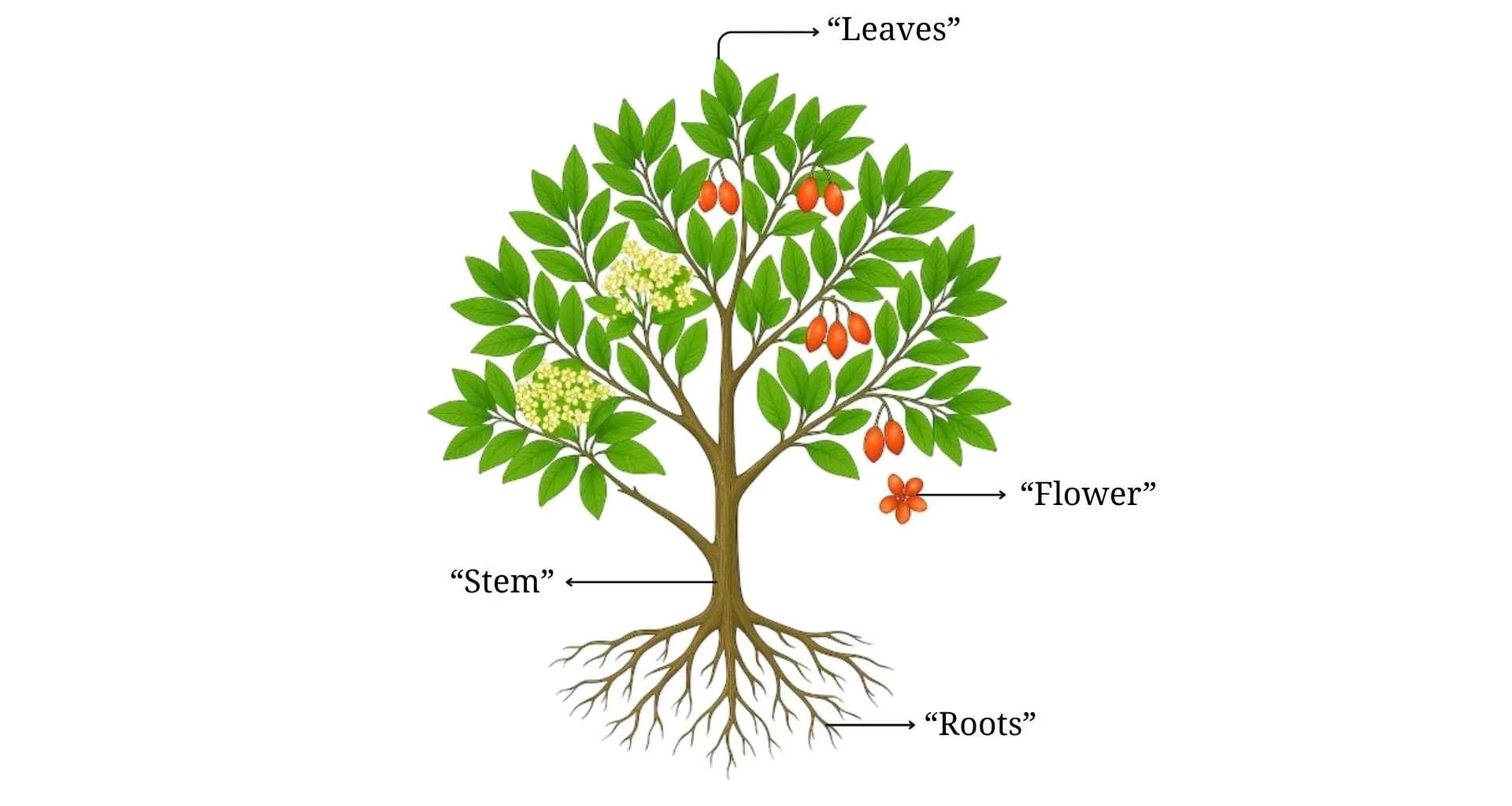Choral Responding in ABA: A Simple, High-Impact Classroom Strategy
In ABA therapy, active student responding (ASR) is essential for meaningful learning and behavior development. One highly effective way to increase ASR is through strategies like choral responding and the use of response cards. These methods create an engaging, inclusive environment where every student participates, boosting retention, focus, and classroom success. Whether used in schools or at home, especially for children with autism, these tools offer a structured yet flexible approach to learning. In this article, we’ll explore how choral responding and response cards work, their benefits, and how to implement them effectively in any learning setting.
What Is Choral Responding in ABA Therapy?
Choral responding is a teaching technique in which all students respond in unison to a teacher. It gives all students more opportunities to participate and receive immediate feedback during instruction. During cooperative learning opportunities, it may be difficult to keep students on task as high achieving students may participate, while others sit passively. With individual student directed response methods of presenting a question to the entire class and then calling upon one student, more frequent responses are provided by high achieving students and few or no responses provided by others.
In the context of Applied Behavior Analysis (ABA), it is considered a form of active student responding (ASR). It’s an evidence-based strategy designed to increase engagement, reduce off-task behavior, and allow for more learning opportunities in less time.
Therefore, it can aid in building greater self confidence and increasing the likelihood for future responses when called on by the teacher.
How to Conduct Choral Responding Effectively
Implementing choral responding in your classroom or ABA session is simple, but it requires structure and consistency to be effective. It works particularly well when the responses are short, one-word responses with key similarities. Remember to allow students time to think. You can signal for thinking time by putting one hand up or making a specific sign for your students. When you’re ready for students to respond, provide a signal, like lowering your hands, or a tap on an item, that cues them to respond in unison. Demonstrate several examples of correct and incorrect responding. Give feedback on the group responses. Maintain an energetic pace.
Example:
In the plant diagram example below, students can first learn the names of each part such as leaf, stem, root, and flower while labels are visible. Once familiar, the teacher can remove the labels and ask questions using visual cues. The teacher states a prompt, allows a brief pause for thinking, then signals the class to respond by pointing to or naming the correct plant part in unison.
The teacher holds up a diagram of a plant and points to the top.
The teacher says, “This part helps the plant make food. What is it?”
Students respond in unison: “Leaves!”
The teacher then points to the base of the plant and says,
“This part holds the plant in the soil. What is it?”
Students say: “Roots!”
Next, the teacher touches the colorful part of the plant and says,
“This part attracts bees and makes seeds. What is it?”
Students reply: “Flower!”
To reinforce vocabulary and comprehension, the teacher might ask:
“What part moves water up the plant?”
Taps the stem
Students respond together: “Stem!”
By repeating and varying the questions, students stay engaged while absorbing content through active participation.
What Are Response Cards in ABA?
Similar to choral responding, response cards are also used to increase active participation of students by having the students display or write an answer in unison to a question or problem presented by the teacher. Response cards are a simple yet powerful tool used in classrooms to boost student engagement especially when paired with strategies like choral responding. These are physical or digital cards that students hold up to answer questions silently or in unison, allowing every student to respond at the same time.
Types of Response Cards:
Yes/No Cards: Great for quick checks on comprehension.
Multiple Choice Cards: A/B/C/D or numbered options to match teacher prompts.
Custom Vocabulary Cards: With words, pictures, or concepts tailored to specific lessons.
Dry-Erase Cards: Allow students to write in answers for open-ended questions.
Response cards give every student a chance to participate, not just the ones who raise their hands. This is particularly helpful for students who are shy, struggle with verbal communication, or need more time to process answers. Plus, it allows teachers and behavior technicians to assess group understanding at a glance.
Benefits of Choral Responding and Response Cards
Combining choral responding with response cards creates a highly interactive, low-effort, and high-impact classroom environment. These strategies align perfectly with ABA principles by reinforcing desired behaviors and maximizing opportunities for active student participation. Here are the benefits,
When all students respond together either by voice or with cards it keeps everyone involved, not just a few volunteers.
Allows the teacher to present many opportunities for all students to actively participate.
Provides immediate feedback regarding student comprehension, or if additional review is needed.
An effective strategy for including students with special learning needs in the general education classroom.
Builds confidence by allowing students to perform well in front of their peers.
When students are engaged, off task and disruptive behaviour are reduced
Whether you're working with neurodiverse students, ELLs, or learners with communication challenges, this method adapts easily to varying needs.
Conclusion
Choral responding and response cards are powerful, evidence-based strategies rooted in Applied Behavior Analysis (ABA) that promote active learning, reduce off-task behavior, and support classroom engagement. Whether through verbal group responses or visual answer cards, these tools encourage participation from all students especially those with learning or communication challenges. By using clear signals, consistent prompts, and fast-paced lessons, educators and behavior therapists can turn passive instruction into dynamic, interactive experiences. These techniques are easy to implement, require minimal resources, and deliver high-impact results making them ideal for ABA therapy, special education, and general classrooms alike.


